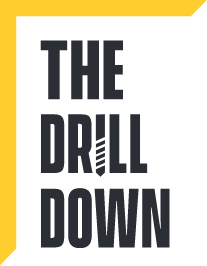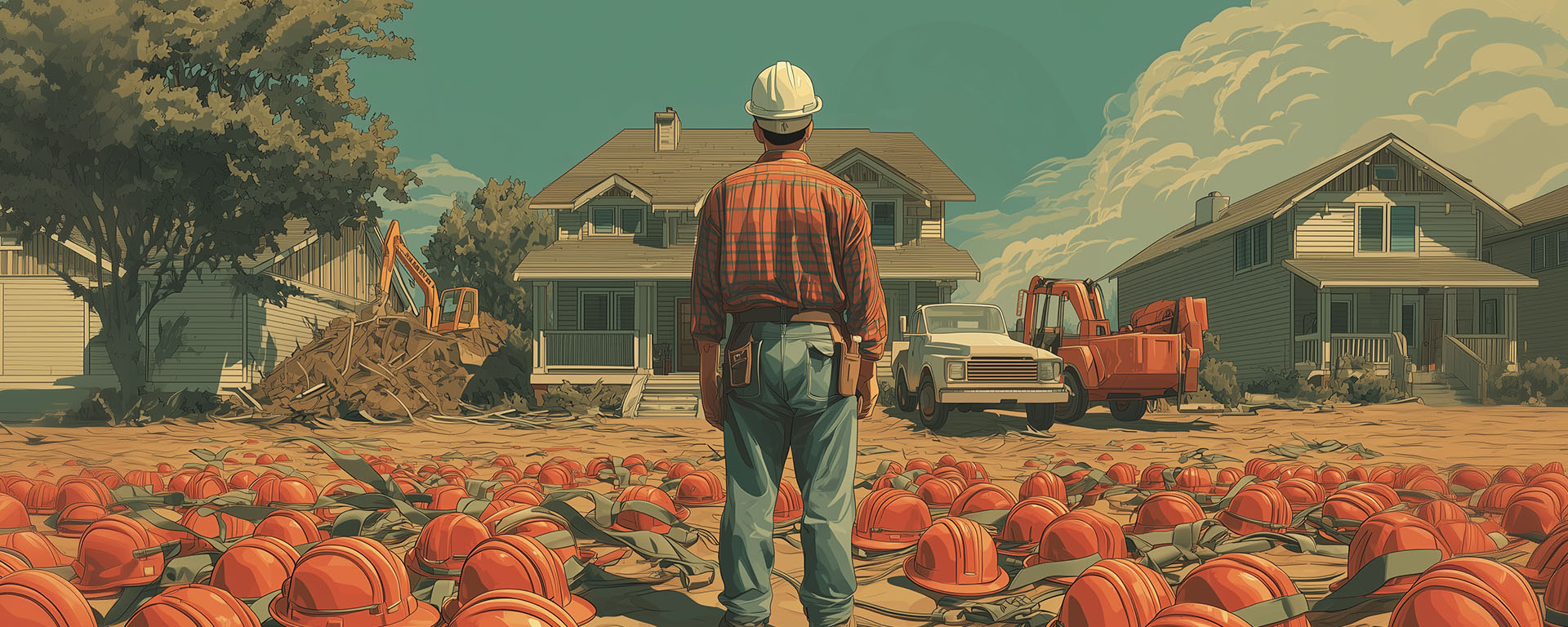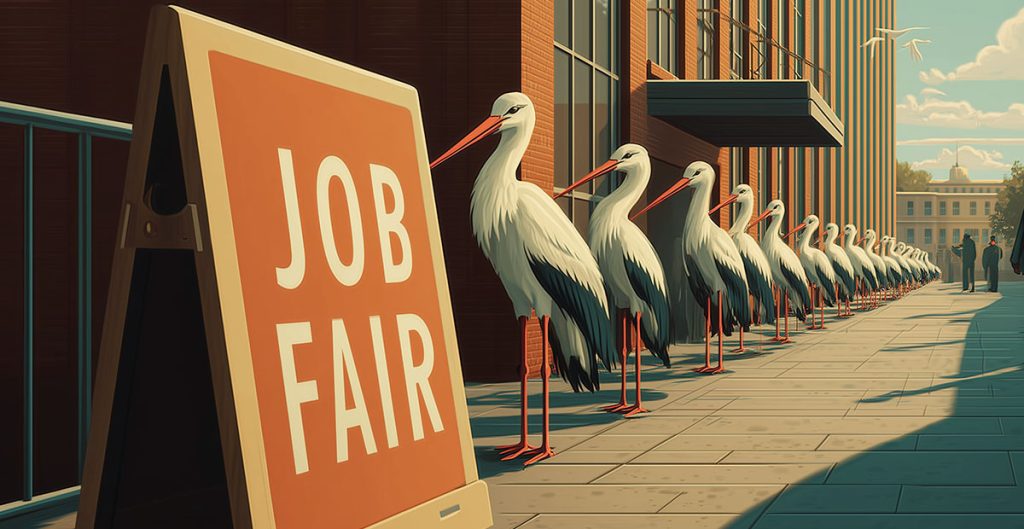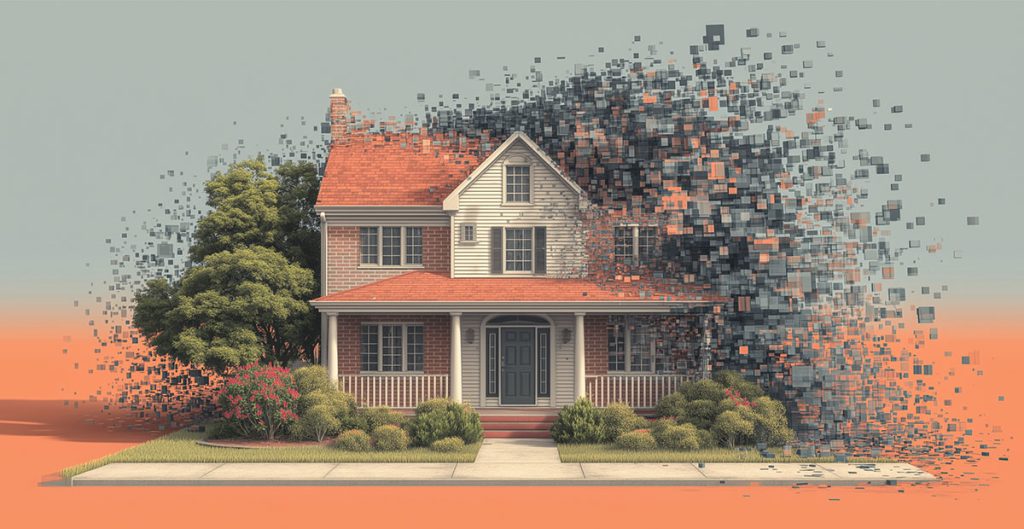Sometimes an action can have an opposite and not-completely-equal reaction


ICE is sending a chill through the construction industry
As cars and trucks zoom by, Rurick Palomino points to the underside of the Theodore Roosevelt Bridge that spans the Potomac River in Washington, D.C., where his crew of about 30 workers is doing demolition work and pouring concrete as part of a $128 million federally-funded refurbishment.
A Peruvian immigrant who came to the United States 25 years ago, Palomino — a U.S. citizen — built his construction firm from scratch after earning an engineering degree and learning the trade firsthand. He once employed 45 workers but has since scaled back. "There's plenty of work — a lot of mega-projects coming — but I'm afraid to take more because I don't have the manpower," he says. More here: (Source)
The S/M Take:
Builders in the U.S. are in a pickle. They’ve got work piling up, but a workforce that is quickly depleting.
Construction brands, it’s time to take a stand. It’s time to support builders getting work done by supporting the younger generation. Their interest in trades is increasing, but not nearly as much as it could be.
Take a page out of the European playbook, where tradespeople are held in higher regard than in the U.S. Young people there aspire to become apprentices and work their way up to journeyman, then master.
How can we help? In our marketing and in our communications, we need to lift the image of the trades. Case in point: DeWalt. They support the group SkillsUSA — a workforce development organization for students.

Rising housing costs are main reason for falling U.S. fertility rates, study finds
A bombshell study has identified rising housing costs as the primary driver of falling fertility rates in the United States, underscoring the widespread impact of the housing crisis on the nation's changing demographics.
Rising housing costs were responsible for 51% of the total U.S. fertility rate decline between the 2000s and 2010s, according to the new preprint research paper by Benjamin K. Couillard, a doctoral candidate in economics at the University of Toronto.
Couillard's study found that if housing costs had remained flat after 1990, there would have been 13 million more children born in the U.S. by 2020. The country's total fertility rate in the 2010s would have been 77% closer to the replacement rate if those costs hadn’t increased, the research showed. More here: (Source)
The S/M Take:
Why do people think that an ideal single-family home is the only way to get “permission” to have kids?
Perhaps marketers are partially to blame. Perhaps we’ve painted this narrow vision in our advertising and social media.
Whether that’s the case or not, we have an opportunity — and responsibility — to shift expectations to what’s realistic. We can reduce the stigma.
Multifamily development is picking up steam year over year. It might be time to better represent them in our audience view and in our output.

AI layoffs are spiking — Could they be the housing market’s next shock wave?
Tech companies, once the engine of U.S. job growth, are now leading a wave of layoffs, eliminating more than 141,000 positions so far this year.
For anyone who felt a shiver run down their spine the first time they tried a generative AI tool, or closely followed headlines of AI companies whose mission is to “take your job,” the news may have read like the first installment of a major turning point for the housing market and economy as a whole: If some of the highest earners are losing their jobs to automation, who can afford homes?
But Jake Krimmel, senior economist at Realtor.com®, cautions against overstating the risk.
“I do not expect tech layoffs to impact the housing market as a whole: 141,000 tech job cuts year to date is such a tiny drop in the bucket for a workforce with 160 million jobs,” he says. “However, the tech mini-recession could slow down house price growth in a few tech-heavy markets, like San Jose, San Francisco, and Seattle.” More here: (Source)
The S/M Take:
Unclutch those tech pearls. The numbers don’t lie. They show us that, while job loss is always something to be mindful of, the impact isn’t nearly as damaging as some responses would have you believe. Especially in the tech space.
With that in mind, it’s worth considering the counterpoint. AI is increasing productivity and safety, scanning blueprints for potential issues and analyzing video footage to spot hazardous conditions.
Cheaper and faster construction without a drop in quality will ultimately draw down costs and bring more buyers into the fold.
The benefits are a balancing act, but they’re also undeniable.

Subscribe to the
DRILL DOWN
This site is protected by reCAPTCHA and the Google Privacy Policy and Terms of Service apply.











